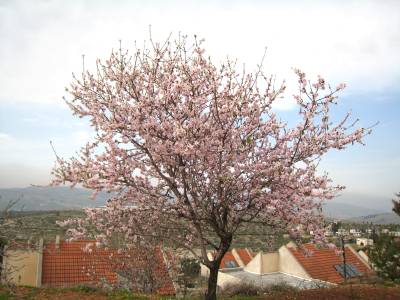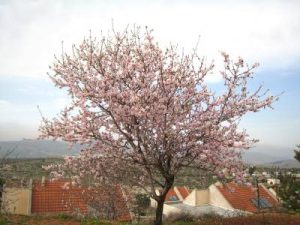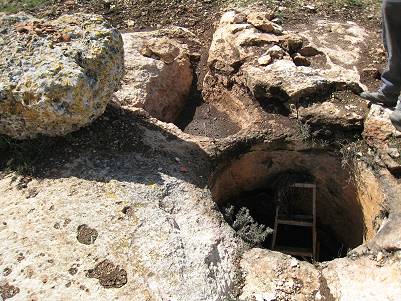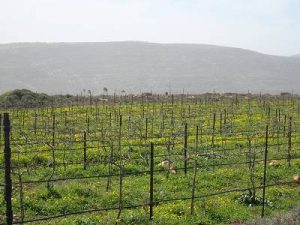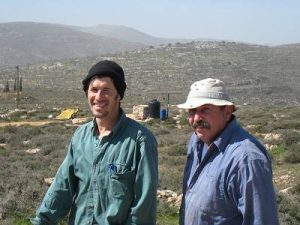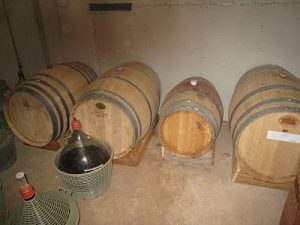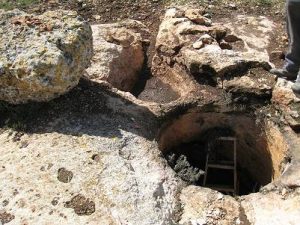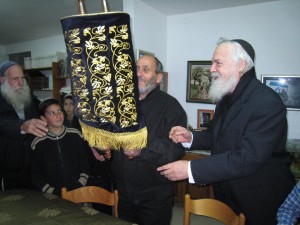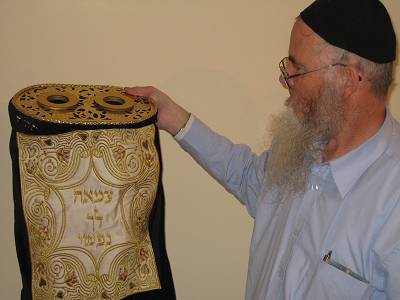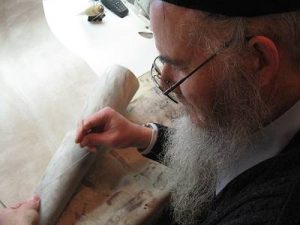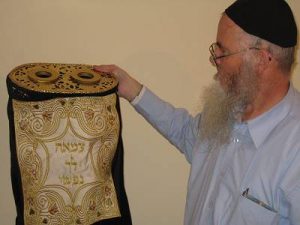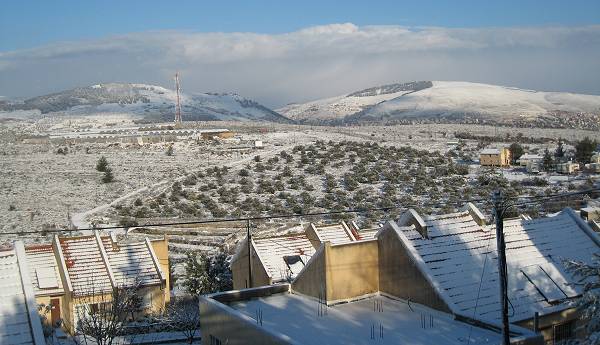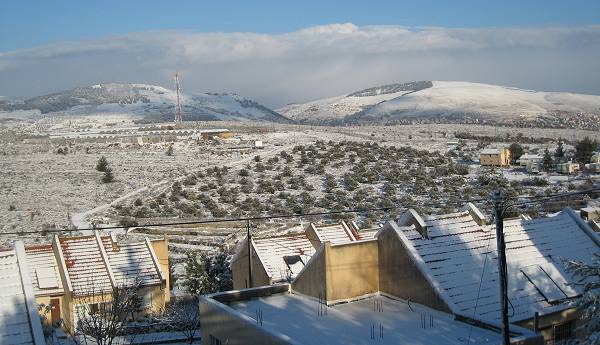Pekudey- Vayikra March 14, 2008
Dedicated to the Kdoshim meMercaz Harav
The tabernacle was built and dismantled many times on the journey through the desert. Mainly, this is the theme of worship and our relationship with Hashem. Although the structure is taken apart, we- then too are marching forward and never giving up in hope and faith. Our wants and yearnings for faith start with a small step with each step we are adding on to the building of our spiritual world; Hashem is satisfied with each and every move forward because our effort is dear to him. Even today when the Temple is dismantled, just a broken physical remnant hidden with confusion under a golden husk- the main thing is never to give up hope in faith. Although we don’t see the building standing, (May it be rebuilt speedily in our days) Our efforts in worshiping Hashem that are a result of our inner will are the foundation that will with pave the way for its restoration. The Divine service that is the springboard for worship is ratzon(will). Ratzon is an extreme force. It is our spirit, soul and life force because nothing stands in the way of will. All of wants and yearnings we feel should all eventually stream to Hashems’s will. This means being be’shalom (at peace) in our hearts in our relationships, to feel goodness, to see the beautiful, to know that the clouds eventually clear away to reveal a blue sky and forward, forward, forward we march and strive to be better, more improved, happier with what we have in every realm of our lives.
After our holy Temple was destroyed 2,000 years ago, the great Rabbis of that time had the ability to pass over the knowledge and reality that we are never alone, even when the house is broken up. Hashem is always with us, whether the house is standing completely erect or not standing at all, and we are always on the way, even if we stop for a while and “dismantle”- it is only temporary. This is how it was in the desert, this is how it is.
Sacrificing was the main avoda (Divine service) in the tabernacle. Nefesh tachat nefesh. (a soul for a soul) When a person brought a sacrifice he would reach the level of deep teshuva (repentance) when he saw the animal being sacrificed instead of himself. This was an animal he bought with his own mamon-money. Since a person’s possessions are a major part of his nefesh(soul) and he has to give up a part in order to buy the sacrifice, this is called self sacrifice. When he reaches into his pocket and burns the sacrifice on the altar his yeitzer (evil inclination) is atoned for. The Levites in their holy garb playing the holy music and song would be the backdrop to the very mood of the teshuva transformation. A person has now become better, holier, and just like he cannot sacrifice an animal with a defect; he too cannot have any defect in his middot (character), seychel (intelligence), or nefesh. He deeply reflects into himself in order to achieve this spiritual achievement- it is by no means attained through a simple sacrifice. Now he reaches Tzelem Elokim (image of G-d).
Our prayers replace the sacrifices today. Hashem is was and always will be with us, listening to us, guiding us, helping us and bringing us ever so closer to a geula shlayma. (final redemption)
Shabbat Shalom- Leah Goldsmith
